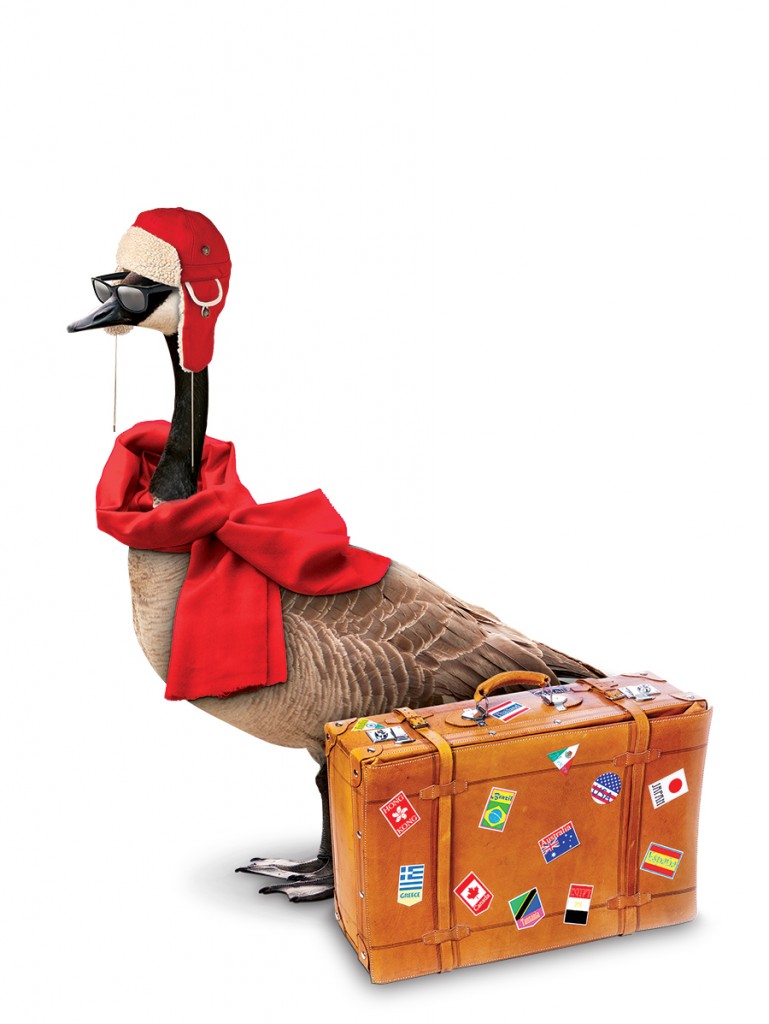Follow the flock south
Enjoy the good life in the southern U.S. and Mexico without breaking the bank.
Advertisement
Enjoy the good life in the southern U.S. and Mexico without breaking the bank.

Share this article Share on Facebook Share on Twitter Share on Linkedin Share on Reddit Share on Email